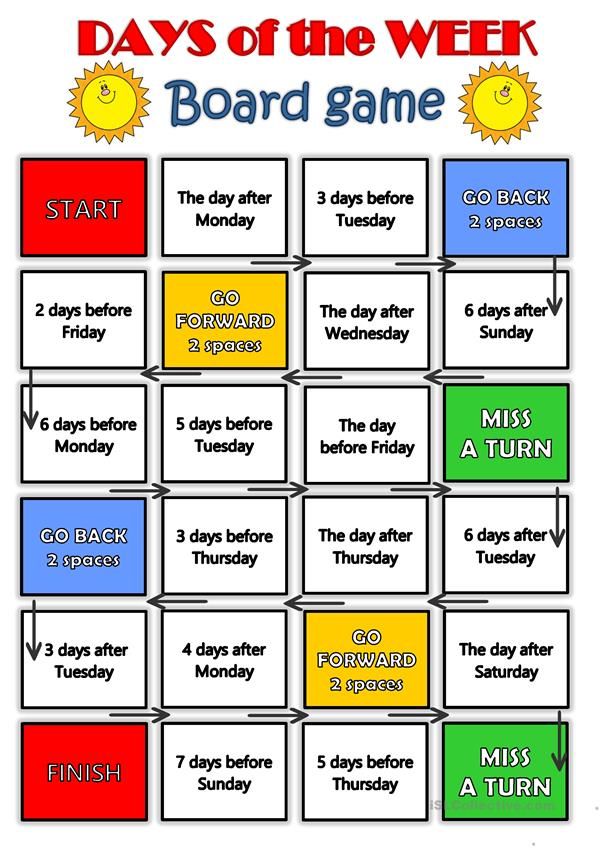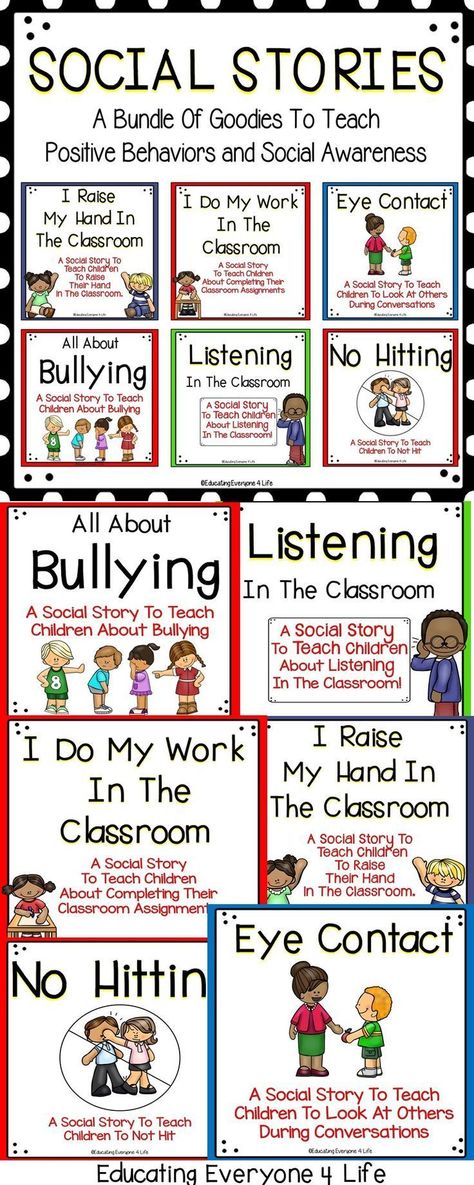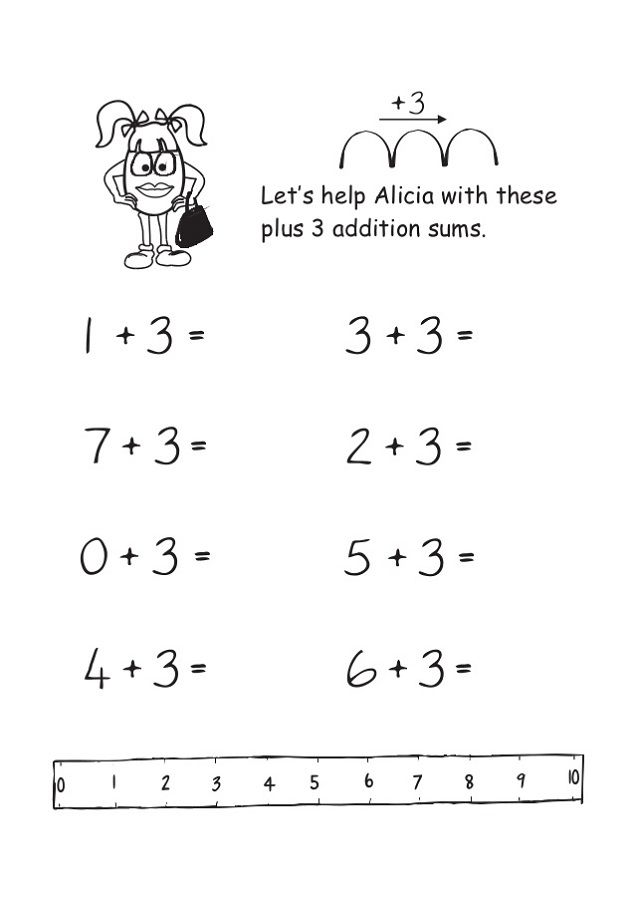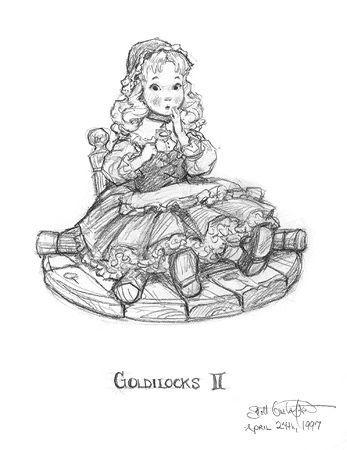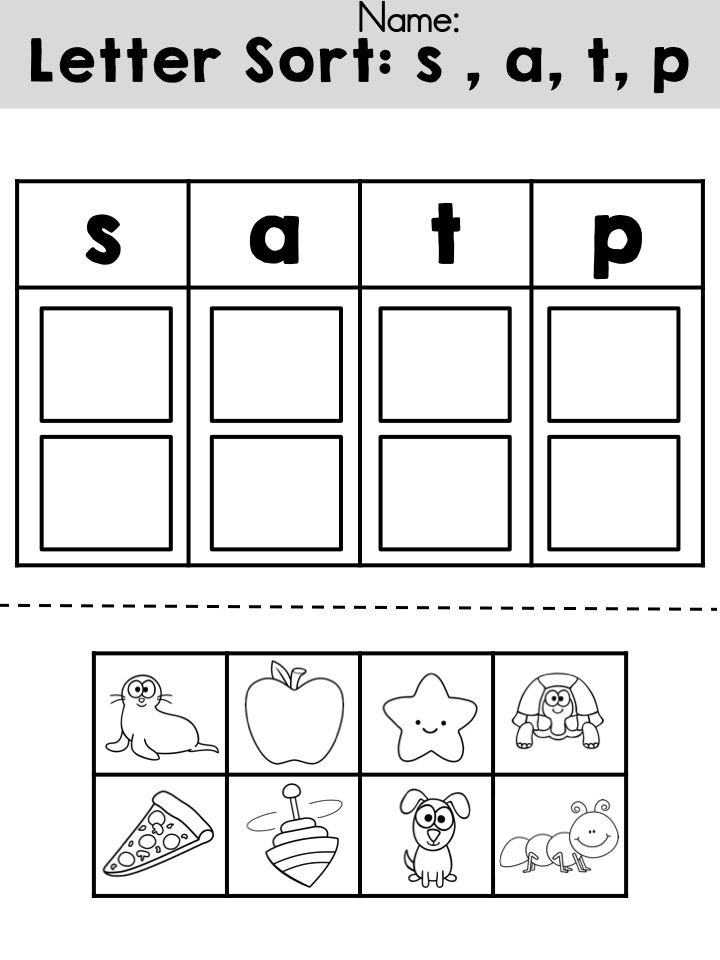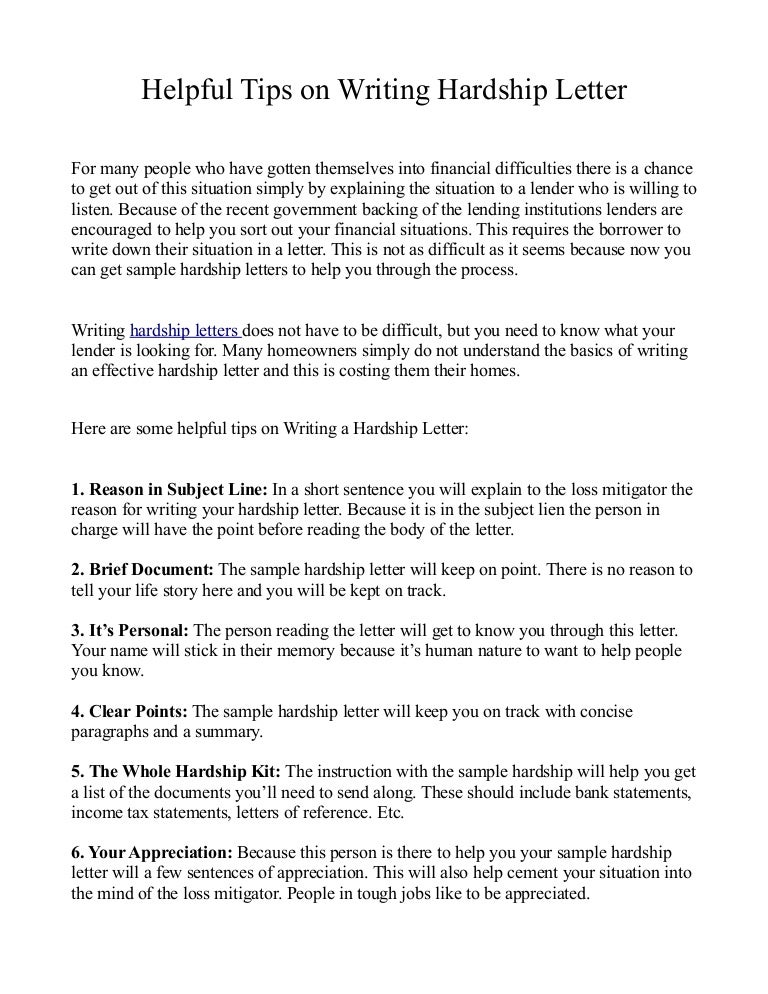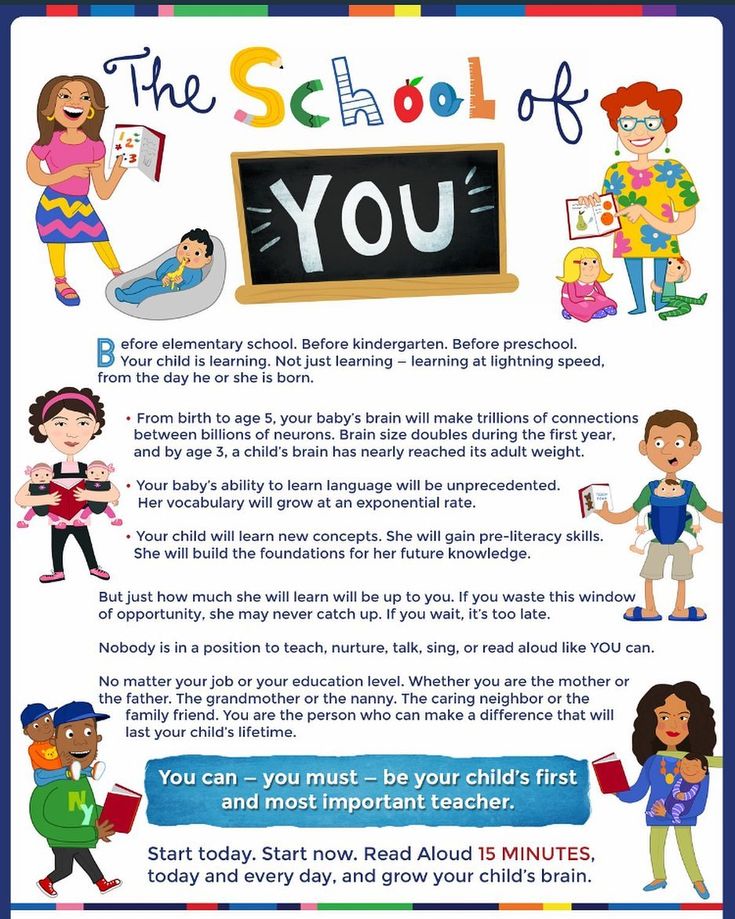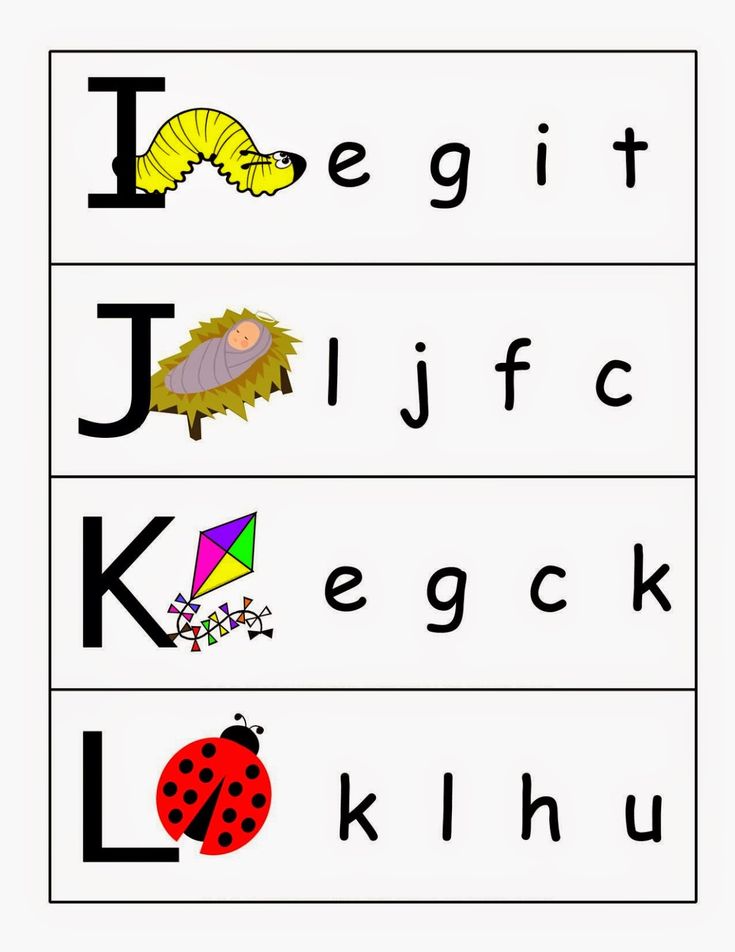Activities for learning
15 active learning activities to energize your next college class
The evidence just keeps growing – postsecondary students engage more, learn more and accomplish more with active learning. In yet another proof point, a meta-analysis from the Proceedings of the National Academy of Sciences found that student exam scores improved 6% when active learning approaches were used. And students in traditional classes were 1.5 times more likely to fail than those being taught with interactive methods.
During uncertain times like these, it might feel simpler to stick with what’s familiar. But even if your classes have moved partially or fully online, that doesn’t mean you’re limited to lecturing. Even taking 5 or 10 minutes to shift from knowledge intake to interaction can make a difference.
Are you ready to move to a different way of teaching but need some ideas to get you started? Or maybe you’ve been running your courses this way for years but want ideas that work for the new reality. Whether your classes are in person, online or somewhere in between, here are 15 active learning activities to try with your students this semester.
1. Think-pair-repair
In this twist on think-pair-share, pose an open-ended question to your class and ask students to come up with their best answer. Next, pair learners up and get them to agree on a response. Get two pairs together, and the foursome needs to do the same thing. Continue until half the group goes head to head with the other half. If your students are online, breakout rooms in your conferencing software let you do the same thing virtually. Here’s how it works in Zoom.
2. Improv games
If your classroom is museum-level quiet no matter how you try to liven things up, try some low-stakes (read: not embarrassing) improv activities. In the three things in common game, pairs figure out the most unexpected things they share (this can also be done online in breakout rooms). Or challenge your students to count to 20 as a group with one person saying each number – but no one is assigned a number, and if two people talk at the same time, everyone starts again at 1. (If some students are in the room and some remote, you’ll need classroom audio with full-room coverage for this to work. Here’s how Nureva audio can help.)
(If some students are in the room and some remote, you’ll need classroom audio with full-room coverage for this to work. Here’s how Nureva audio can help.)
3. Brainwriting
You’ve probably tried brainstorming, but have you tried brainwriting? In this approach, students are given time to come up with their own ideas individually before sharing them out loud or posting them to an online whiteboard or other shared platform. Building in space for individual reflection leads to better ideas and less groupthink.
4. Jigsaw
Help students build accountability by teaching each other. Start by dividing them into “home groups” (4 or 5 people works well). Again, breakout rooms in Zoom or Google Meet make this simple even if everyone is remote. Assign each person in the group a different topic to explore – they’ll regroup to work with all the students from the other groups who are exploring the same idea. Once they’ve mastered the concept, students return to their home group and everyone shares newfound expertise.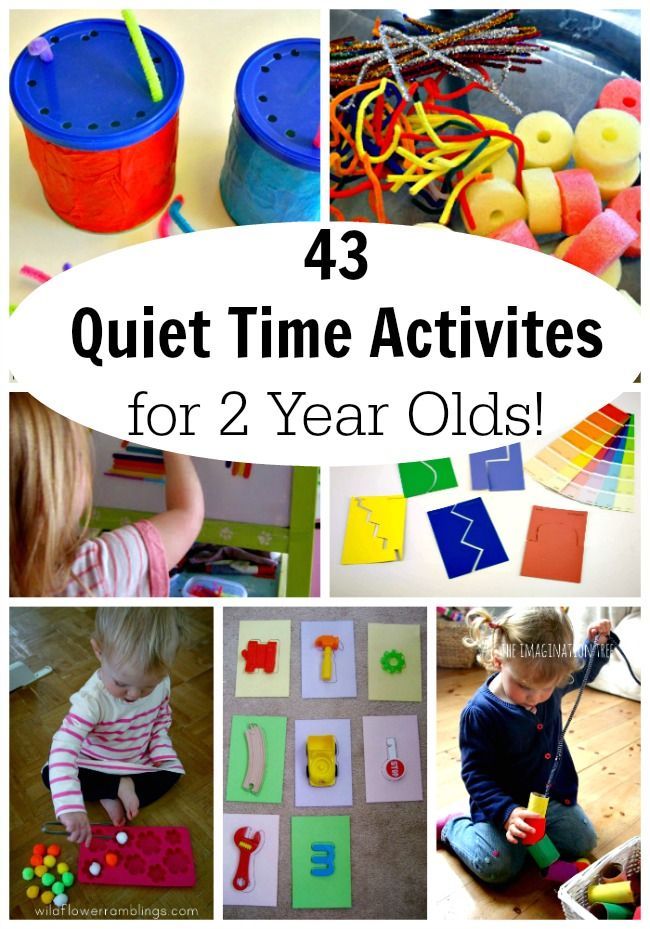
5. Concept mapping
Collaborative concept mapping is a great way for students to step away from their individual perspectives. Groups can do this to review previous work, or it can help them map ideas for projects and assignments. In pre-COVID times, you may have covered classroom walls with sticky notes and chart paper – now there are many online tools that make it simple to map out connections between ideas.
6. The one-minute paper
How much could you explain in one minute? At the end of class, set a timer and ask students to record their most eye-opening revelation or biggest question. This activity lets students reflect on learning and build writing skills – plus you’ll get a window into their understandings and misunderstandings. Here are more prompts you can use to get students writing.
7. Real-time reactions
When students are watching a video, a mini lecture or another student’s presentation, have them share their real-time reactions.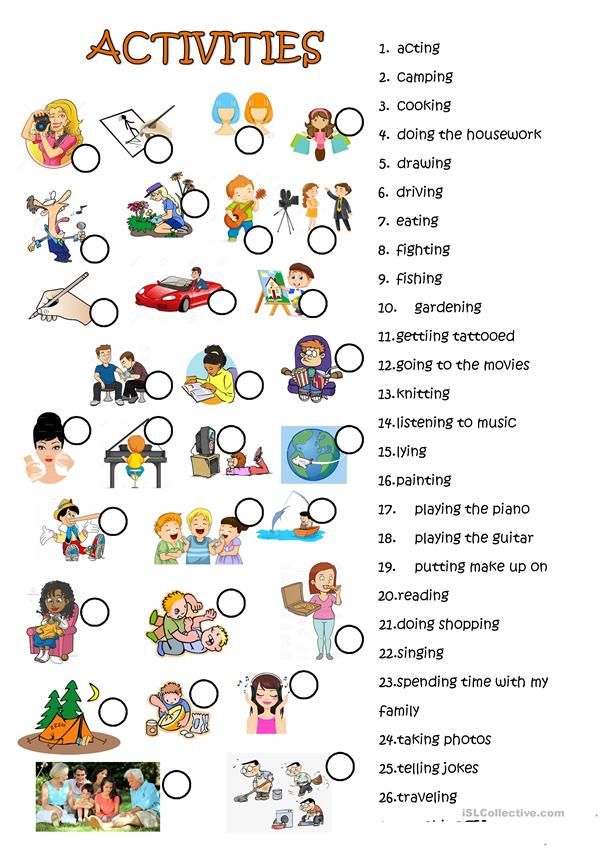 This helps students spot trends and consider new points of view. You can set up a hashtag to allow for live tweeting, or use the chat function in your conferencing software.
This helps students spot trends and consider new points of view. You can set up a hashtag to allow for live tweeting, or use the chat function in your conferencing software.
8. Chain notes
Write several questions on pieces of paper and pass each to a student. The first student adds a response (use a timer to keep things moving quickly) and then passes the page along to gather more responses. Multiple contributions help build more complete understanding. A digital alternative involves using shared documents that multiple students are invited to edit. Then your class can examine the responses and identify patterns and missing pieces.
9. Idea line up
Choose a question that has a range of responses, and then ask students where they stand – literally. If you’re not social distancing, have them come to the front of the classroom and organize themselves in a line, based on where on the spectrum of answers they find themselves. In a blended classroom or a physically distanced one, get them to place themselves on a virtual number line instead.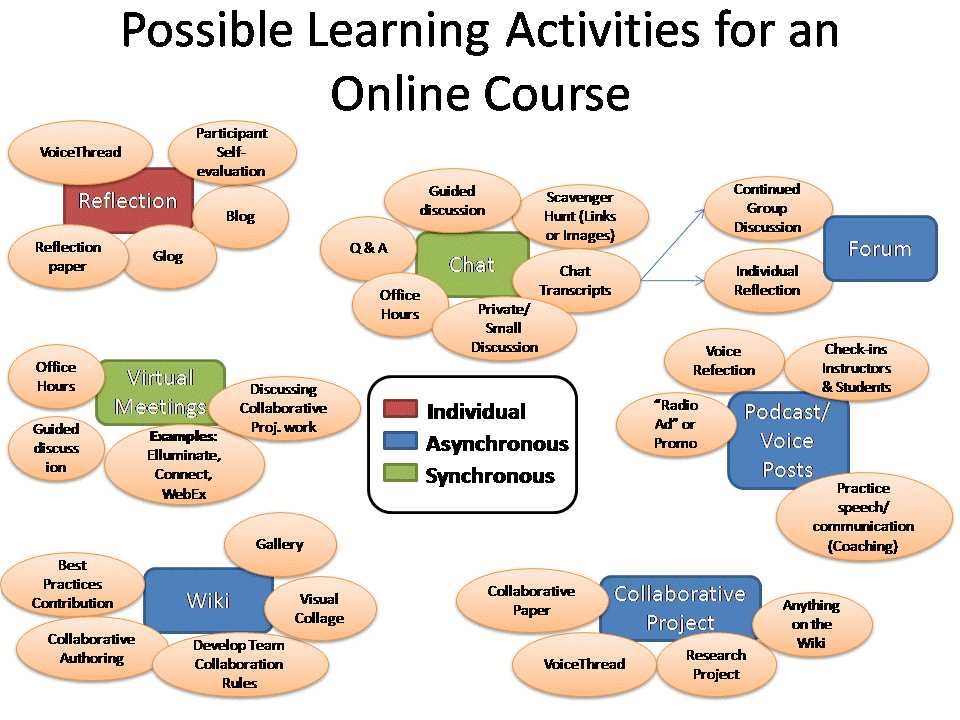
10. Mystery quotation
Test how well students can apply their understanding of an issue or theoretical position. After they’ve explored a topic, show them a quotation about it they’ve never seen before. Their task is to figure out the point of view of the person behind the quotation – and justify it to the class. Students can debate this issue in small breakout groups before beginning a whole-class discussion.
11. Idea speed dating
Have students cycle through your space, or through breakout rooms in Zoom or Google Meet, sharing insights about a topic or their elevator pitch for an upcoming project. As they present their learnings multiple times on several “speed dates,” students’ presentation skills and perspectives will grow.
12. Peer review
The process of peer review is as old as academia, and it’s never too early to start. Have students swap drafts of their essays, proposals or lab reports, and then come up with comments and questions for each other. Make sure to be clear about what the goals are (using rubrics helps). For example, students could identify compelling arguments, unanswered questions and holes in logic.
Make sure to be clear about what the goals are (using rubrics helps). For example, students could identify compelling arguments, unanswered questions and holes in logic.
13. Quescussion
Ever played Jeopardy? Then you’re ready for quescussion. It’s like a standard class discussion but only questions are allowed (students call “Statement!” if someone slips up). If you play this game at the beginning of the course, the questions can help shape your course. If you have students both in the room and calling in from a distance, make sure the remote learners get equal airtime and that your audio system is picking up student voices clearly.
14. Sketchnoting
Instead of taking traditional lecture notes, try getting your students to sketch a picture that represents what they’ve learned during class. Remember, it’s not about the quality of the art – it’s about how drawing prompts students to visualize their understanding and look at their learning from a different perspective.
15. Empathy mapping
Take a page from the designers’ handbook and get students to explore deeper by embracing a perspective. It’s deceptively simple – write down what a person says, thinks, does and feels. The ability to slow down and immerse yourself in another point of view is valuable. In design thinking, empathy maps help designers create better products for users. But this process can be just as valuable for analyzing characters from literature, historical figures or political stances.
Checklist: 8 audio essentials for HyFlex and hybrid learning
Do your higher ed audio systems support active learning? In a hybrid classroom, students need to be able to hear each other easily, no matter where they are. Instructors need to be able to change the room layout for different activities, as often as they like. See what else is on our audio essentials list – download your checklist today (no email address required).
Editor’s note: This post was originally published August 2018 and has been updated.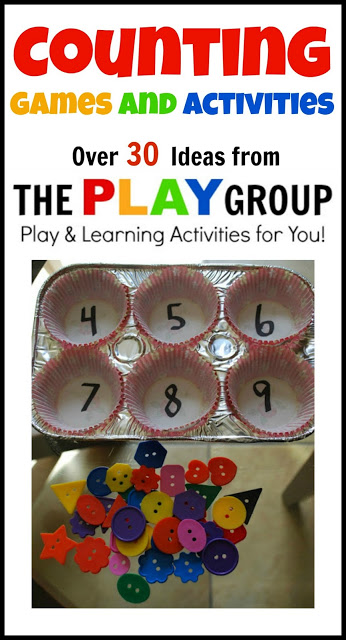
Examples of Active Learning Activities
In this section you will learn about 20 active learning activities. Explore the Venn diagram below to find out which activities may work in small or large classes, and which ones may be appropriate for individual work.
Please select each circle to reveal a list of examples appropriate for each scenario.
Next select an example to learn more about it.
A detailed description of the activity will open below, with pointers for using in large and small classes and online.
Line-up
Size: Entire class, or a group of volunteers in larger class
Time: 10-40 minutes
Activity
- Ask the entire group to line up along one wall of the class and then present an issue.
- Tell the class that the right end of the line represents the position “yes, I agree completely” and the left end of the line represents the position “no, I completely disagree.
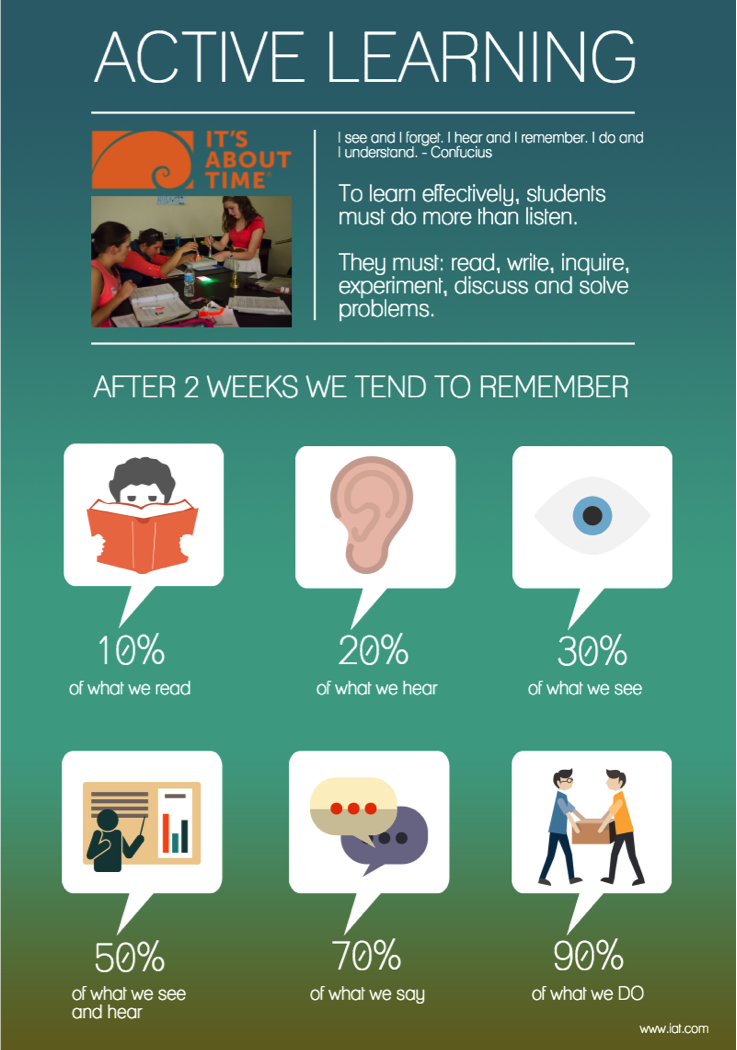 ” Students should mingle and discuss their opinion on the issue, eventually finding and taking their appropriate position within the continuum.
” Students should mingle and discuss their opinion on the issue, eventually finding and taking their appropriate position within the continuum. - Once students are in place, take a few moments to discuss why they have chosen the position they have in the various locations in the line-up.
- Repeat for a variety of questions.
- For another version of this activity, tape a circle in the center of the room. Students who agree should stand close to the circle and those who disagree should stand further away. Ask students who are on the extremes (close or far away) and in the middle to explain why they chose that location.
Pointers:
- This activity is a great tool for highlighting the “shades of gray” in issues. Line-ups allow for interactions and the opportunity to have one-on-one discussions (to figure out your place in line) and to get an idea of the wide range of opinions that may exist about a certain issue.

- A disadvantage of this activity is that students must make a public stand about their opinion.
Example
Should employers be allowed to take a potential employee’s Facebook page into account when making a hiring decision?
Complete Turn Taking
Size: Entire class, or small groups (at most 8 per group).
Time: One class (8 questions can be addressed in a 50-minute class).
Activity
- Each student should be asked to bring a couple of questions to class. These can either be questions to clarify, issues they think were left unresolved, or ideas or positions not yet considered.
- Have the entire class arrange themselves in a circle. Alternatively, students can be in small-medium size groups.
- One student reads a question aloud.
 The student to their left then has one minute of uninterrupted time to speak and give their thoughts. This person signals that they are done speaking by saying, “OK, I’m done.”
The student to their left then has one minute of uninterrupted time to speak and give their thoughts. This person signals that they are done speaking by saying, “OK, I’m done.” - The next person to the left goes, has one minute of uninterrupted time to speak, and signals they are done by saying, “OK I’m done.” Finally, the third student to the left goes, following the same pattern.
- After three people have had a chance to speak, the conversation is opened up to the whole group for two minutes of discussion.
- The next student gets to ask a question, and this cycle continues.
Pointers:
- A benefit of this activity is that it allows students to speak uninterrupted. It also allows the students to work through some of their issues, questions or concerns with the text together.

Post It Parade
Size: Individual, pairs, or small groups
Time: 10-15 minutes
Activity
- Students are provided with a question or prompt for which they need to generate ideas, solutions, etc.
- Give each student a few post-its, and have them write out 1 idea per post-it.
- Students then post the post-its on the chalkboard or wall. Depending on the question or prompt, it may be useful to have them place the post-its in areas to group them by topic, question, chronologically, etc.
Pointers:
- This activity is a way for the instructor to get a general sense of what sort of questions, concerns or ideas the students may have.
- It’s also a great way to generate a take-away (the list of questions, ideas, or concerns posted by the students).

Adaptable for Online Learning? Absolutely! The goal behind post-it parade is to generate ideas from all your students. This could also be done online in a discussion forum, where each student can post ideas.
Debates
Size: Entire class, divided into 2 groups (if class is small enough)
Time: 1 class
Activity
- Divide class in half either by (1) asking students to seat themselves in the section representing a particular side of the debate, or (2) dividing students in half by where they already happen to be seated.
- Assign each half of the class a position on a topic or issue. Give students approximately 15 minutes to prepare an argument for their position. After 15 minutes, have each side share their position.
- After each side provides their “Opening Argument,” each side must then prepare to respond to the opposition’s argument (give students approximately 10 minutes).
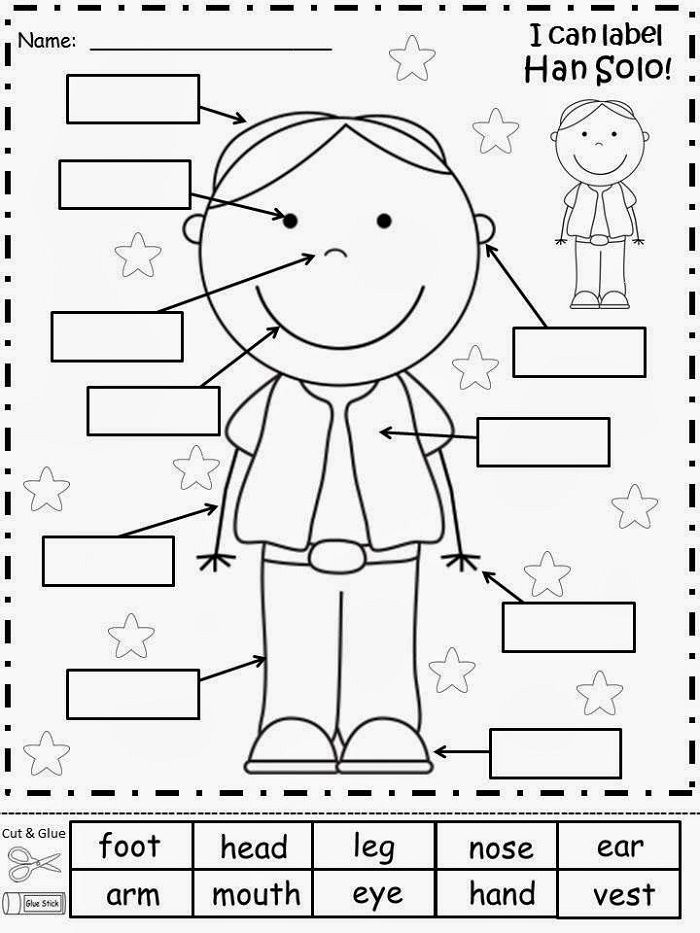 This part requires members of the groups to carefully listen to and reconstruct the opposition’s argument.
This part requires members of the groups to carefully listen to and reconstruct the opposition’s argument. - After each side provides their criticisms of the opposition’s position, each group then has the opportunity to respond to the criticisms (give students approximately 10 minutes for students to prepare their responses to this as well).
Pointers:
- Above is just an outline for one way to run a debate. The success of this activity will depend on getting the right number of students involved, and giving the groups structure.
Dotmocracy
Size: Entire class
Time: Unrestricted
Activity
- Dotmocracy is a technique for voting and recognizing levels of agreement among a group of people.
- For example, in a group discussion, five potential strategies for dealing with a particular problem might be suggested.
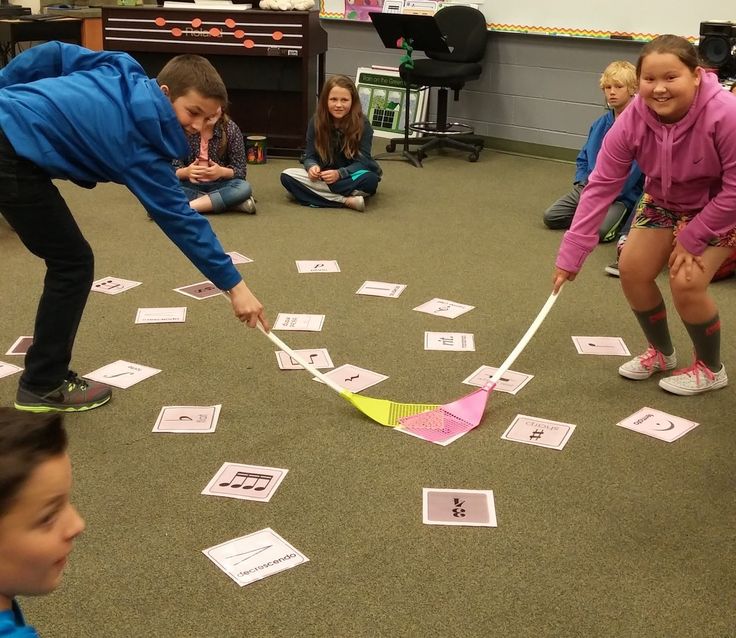 One way of accessing individual opinions on each of these alternatives in a non-threatening fashion is to write all of the options on large sheets of paper, and put these sheets of paper on the wall.
One way of accessing individual opinions on each of these alternatives in a non-threatening fashion is to write all of the options on large sheets of paper, and put these sheets of paper on the wall. - Students are then each given a certain number of sticky dots, and asked to walk around the room, thinking about each of the options and putting one or more dots on the approaches they most strongly agree with.
- At the end of the Dotmocracy period, all participants can visually assess the opinion of the group as a whole.
- Alternatively, students can use markers to add a checkmark or dot as their “Vote”
Pointers:
- This is a great activity to use after brainstorming to assess the interests of the class and focus on one of the issues students highlighted in greater depth later on during the class.
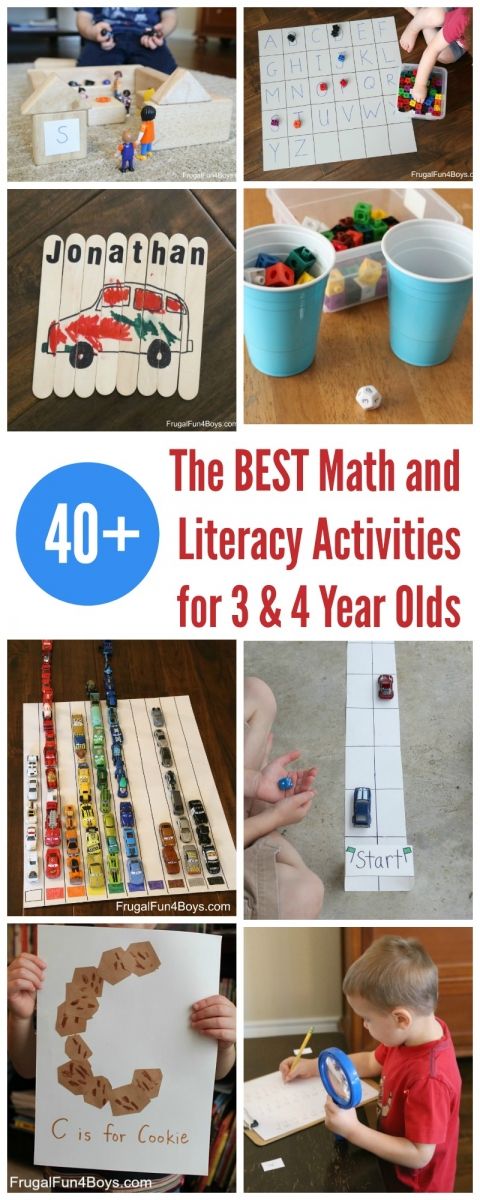
- For more facilitation strategies, see http://dotmocracy.org/ opens in new window
Snowball
Size: Entire class
Time: 30-40 minutes, or longer depending on discussion
Activity
- Present an idea, question, or issue to students. Each student first thinks about the idea/question/issue for one minute, with the goal of generating at least three reactions, comments, answers, etc.
- Two students then come together with their lists and try to come up with three things they agree on.
- The pairs of students then join with another pair, and try to come up with three things they agree on. Repeat for as many iterations as desired.
- Eventually, bring the class together as a group to hear what the students have decided are the three most important issues, questions, ideas relevant to the topic discussed.
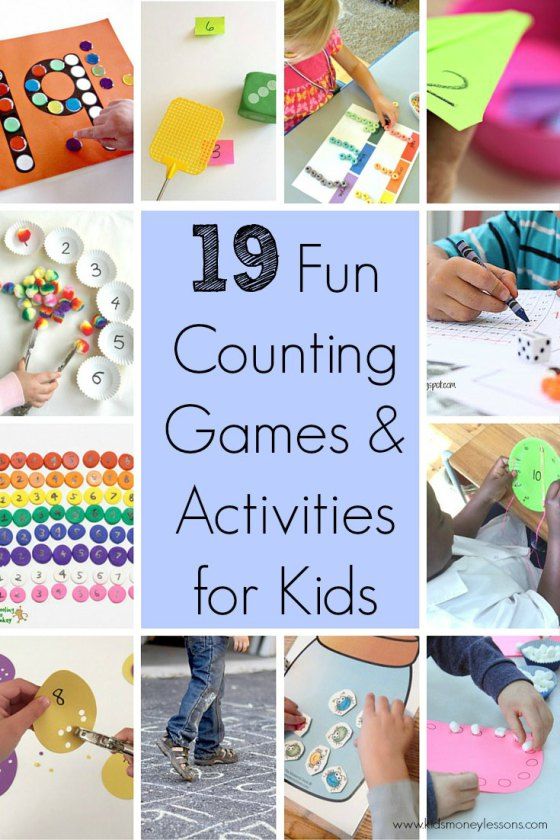
Example
- In an international relations class, ask students “What are the key traits of a good mediator?” Most groups will identify neutrality as one of the key trait in Western cultures, providing a bridge to a discussion of differences in the role of mediators in the Middle East, where mediators’ role is to take sides and support the weaker party in a dispute.
Pointers:
- For some issues, it may be difficult to reach consensus on the “three most important issues”
- This discussion model can be time-consuming.
Fishbowl
Size: Entire class
Time: Unrestricted
Activity
- For this activity, you will need a small group of volunteers to be “in” the “fishbowl” to participate in the activity. The rest of the class are “outside” of the “fishbowl” and observe the activity take place.

- Fishbowls are used for dynamic group involvement. The most common configuration is an "inner ring" (Group A), which is the discussion group, surrounded by an "outer ring" (Group B), which is the observation group. Just as people observe the fish in a fishbowl, the "outer ring" observes the "inner ring."
- Group A is given an assignment, such as a discussion or exercise to perform, while Group B observes. After 10 to 30 minutes, the groups switch (Group A observes while Group B performs the activity). They can either perform the same activity, a modified version, or a new activity.
The group observing will either observe the process, the content, or both depending on the desired outcome. After the activity, you can have groups give feedback to each other, either on a group to group basis, individually, or in pairs. If you feel that the learners are not ready for public feedback, ask them to provide feedback to each other in pairs or in writing.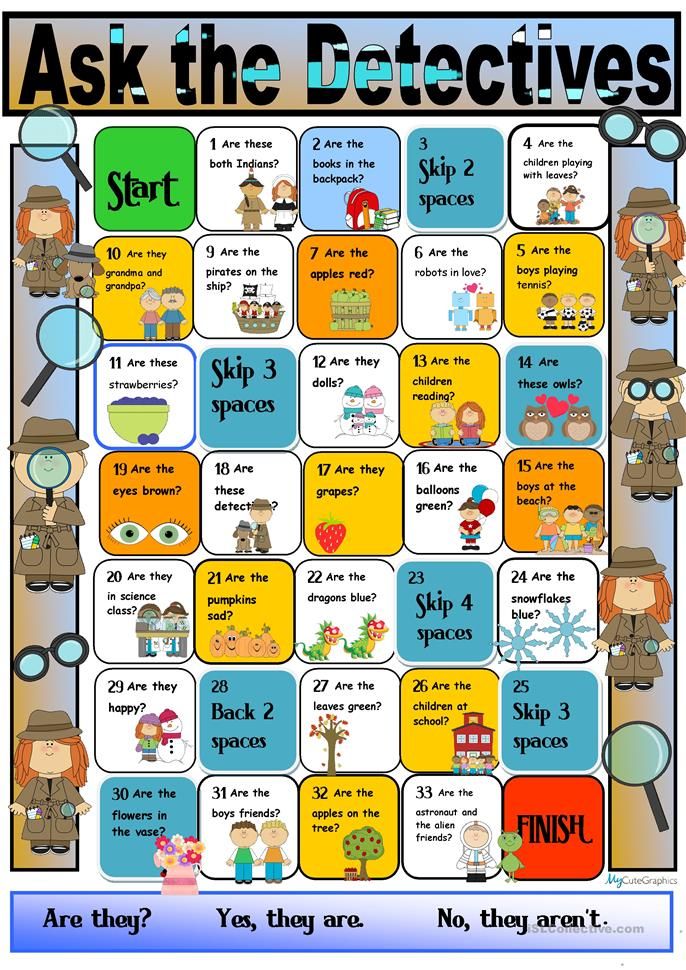
Pointers:
- For some issues, it may be difficult to reach consensus on the “three most important issues”.
- This discussion model can be time-consuming.
Quescussion
Size: Entire class
Time: 10-15 minutes
Activity
- Quescussion is discussion through questions only.
- The facilitator starts the Quescussion by asking a question related to the discussion topic, and writing it on the board.
- Participants may only respond or add to the discussion in the form of more questions. Each question is written down on the board. This discussion model is very informal and participants should take turns shouting out questions as they think of them.
- There are three rules: (1) Only questions are allowed.
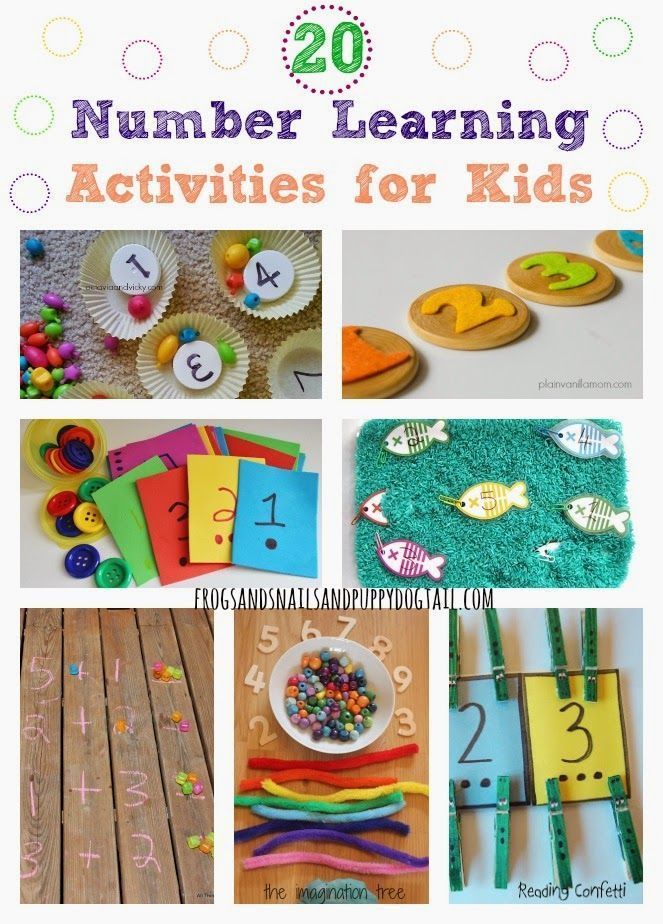 (2) If someone makes a statement everyone yells “statement!” and (3) Two other people must speak before a participant can participate again.
(2) If someone makes a statement everyone yells “statement!” and (3) Two other people must speak before a participant can participate again. - Following Quescussion, the class can then focus on one or two of the key questions raised in greater depth.
- Alternatively, if the questions are recorded on the board, the class can vote on the question that they would like to explore further using dotmocracy (voting with dots).
Pointers:
- This is a great activity for controversial topics. In getting students to ask questions, you’re inviting them to generate a variety of thoughts about the topic without them directly stating their own views. Additionally, with each question students will likely think of answers to the proposed question.
- This activity also works well with really dense readings, where students ask genuine questions about what the text might mean or be implying (this works particularly well for literature or more abstract poems).
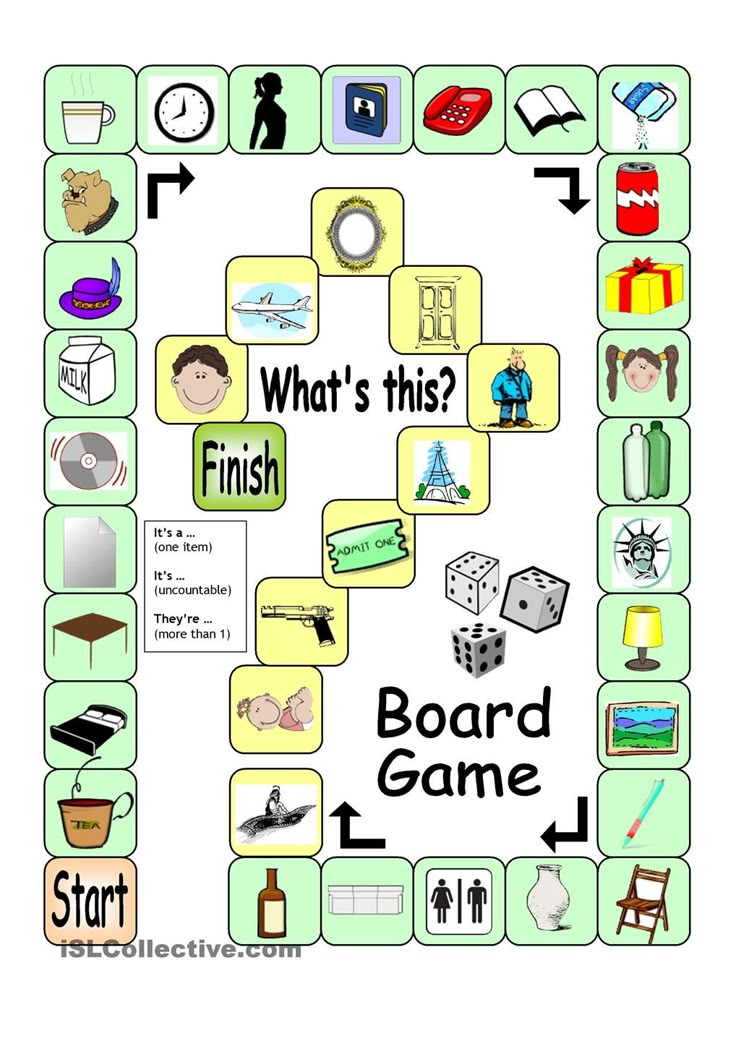
- Quescussions are a great way to generate lists of questions people might ask, or questions they want to address in a paper. To generate possible paper topics, break students up to draft mini-papers that address one of the Quescussion questions.
Index Card Pass
Size: Entire class
Time: Unrestricted
Activity
- Give each student an index card. Ask them to write down one question they have from a reading, or a question more specific to your needs.
- Students then exchange cards, making at least 4 passes (or more!). If they get their own card back, they can keep it or they can make an extra pass.
- Have students get in groups of 3-4. Each student should read their index card, and as a group pick one index card question they want to address. Students should then discuss possible answers to the question.

- After students have had time to discuss, pick a few questions to discuss as a group.
Pointers:
- This activity can run for just part of the class, or as the basis for an entire class. It works well for all class sizes.
Think-Pair-Share
Size: Individual and pairs
Time: 1 class
Activity
- Students individually think about a particular question, scenario, or problem.
- Next, have each student pair up to discuss their ideas or answers.
- Then bring students together as a large class for discussion.
Pointers:
- This activity encourages students to think about answers on their own first before talking with other students.
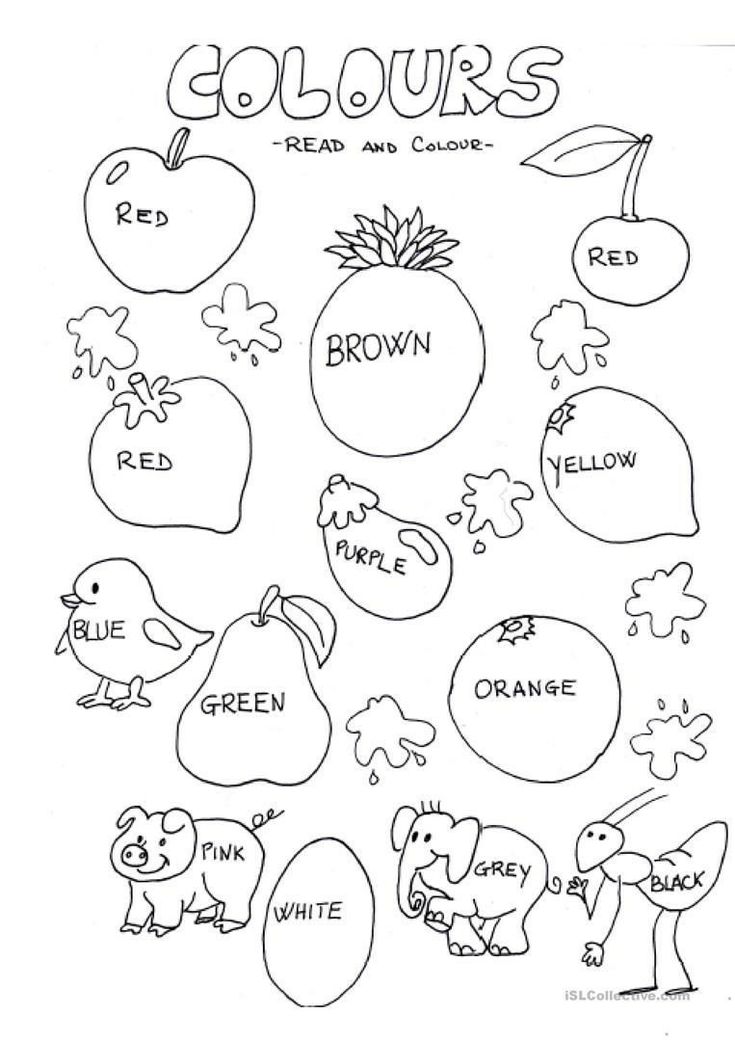
- Avoid asking simple/recall type questions: this activity works best when students are challenged to think through a more complex or complicated idea.
- The benefits of the 3 step process are two-fold: first, students are generally more comfortable presenting ideas to a group with the support of a partner; second, students’ ideas have become more refined through this three-step process.
Adaptable for Online Learning? This could be done by breaking students into small chat rooms, or pairing students up to message with each other, then having their group post their points to a larger discussion board.
Case Studies
Size: Small Groups (2-4)
Time: 1 class or long project
Activity
- Provide the students with a real-world case for the students to study (e.g. a news article, account of a decision or procedure, video, etc.
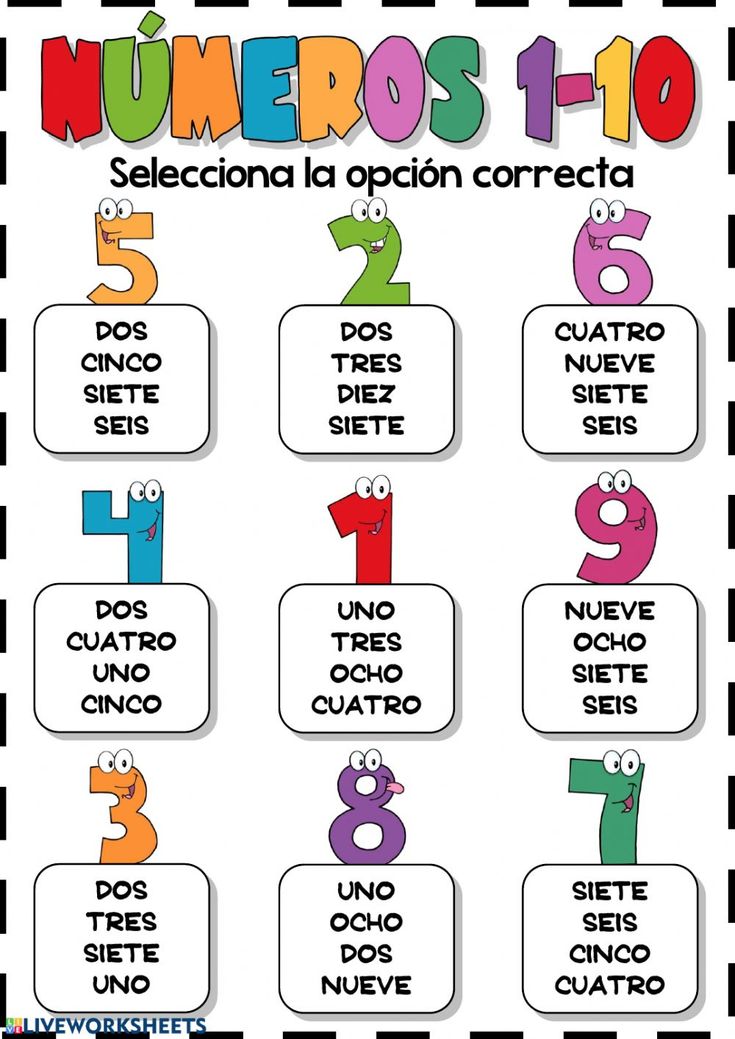 ). Alternatively, have students find their own case to examine.
). Alternatively, have students find their own case to examine. - Individually, or in small groups, have students analyze the case using guidelines and a framework provided by you (the instructor).
- Have students present their analysis to the class, or require groups to turn in written answers. If presenting in class, try to facilitate discussion such that students connect the case with material in class.
- After student analysis has been completed, ensure that the group has concretely discussed how the case study illustrates application of theoretical or background concepts from course material.
Pointers:
- This is a great activity for students to work on the practical applications of more theoretical or abstract course material. For example, students can come up with pros and cons for two possible options or solutions to a case, utilizing two different perspectives presented in the class to attempt to solve an issue.
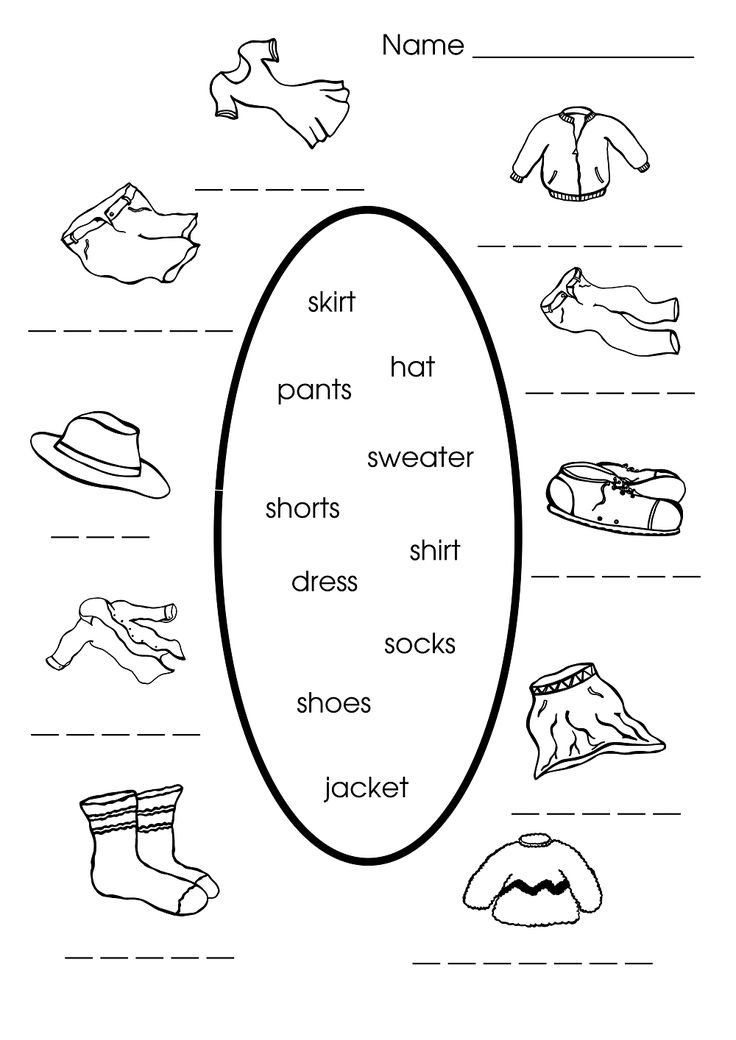
Adaptable for Online Learning? Absolutely! Make the case study the focus point of the week’s online discussion section.
Group Text Reading
Size: Small Groups (2-4)
Time: 1 class
Activity
- Select a ‘”difficult” text or passage. Break the large text up into 1-2 paragraph sections.
- Break students up into groups of 2-4. Give each group of students a different section of the text/passage.
- Give the students time (~15-20 minutes) to read through and discuss their section of the text. If possible, give students guiding questions such as: What is happening in this section? What is the important take-away point? What might be important for me to know later?
- Bring the class back together. Each group (starting with the first part of the text) presents their section to the class.
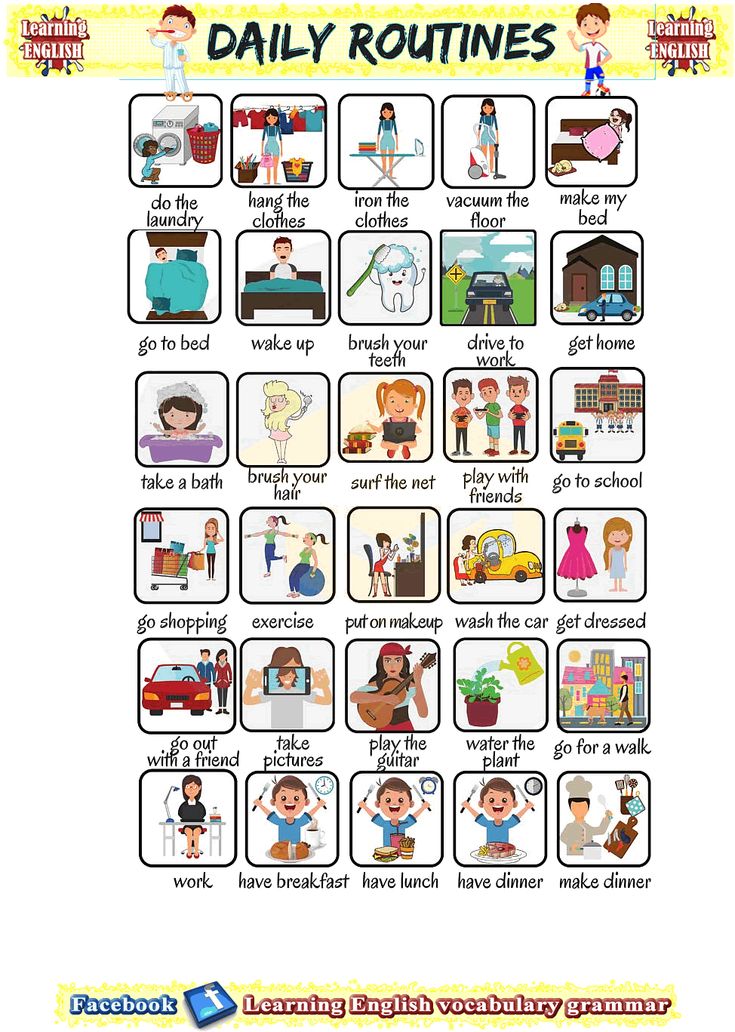
- As students present, the instructor should write/draw on the board, correct and add to student responses, and provide examples as needed in order to help tie the concepts together.
Pointers:
- This activity can help the students feel like the text is more manageable. It can also model to students what they should be doing when reading a text.
- Group Text reading provides an opportunity for students to practice their communication skills.
Adaptable for Online Learning? Be sure to check out our social annotation learning activity to see a way to run this activity online.
Peer Review
Size: Small Groups (2-4)
Time: 1 class
Activity
- In this activity, students provide their peers with feedback on their papers or lab reports.
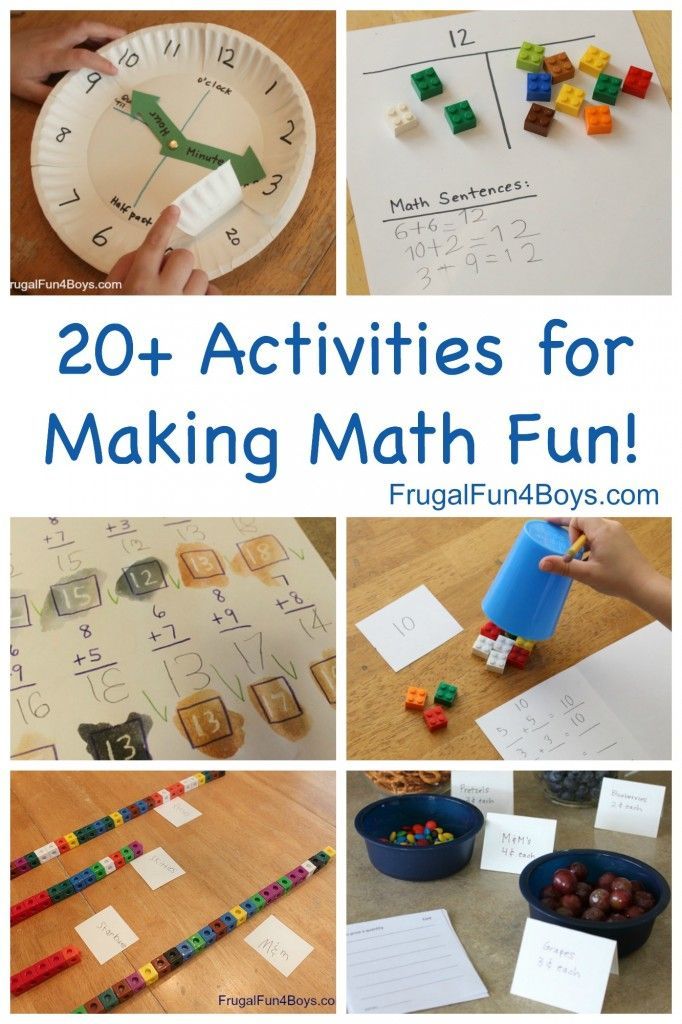 Have each student bring to class a printed or electronic draft of their assignment.
Have each student bring to class a printed or electronic draft of their assignment. - Have students swap papers with one to two other students (depending on time available).
- Each student then reads another student’s paper and provides them with some form of written feedback on their current drafts (see pointers for more detail).
- After preparing written comments, students then chat briefly (~5 minutes) with their partner(s) about their paper in order to provide verbal feedback as well.
Pointers:
- In this activity, it is important to structure how the students are to respond. Be sure to give them guiding questions, key elements to look for in the essay based on the assignment rubric, or a form to fill in about the other student’s paper.
- This activity can also become part of the grade or assignment.
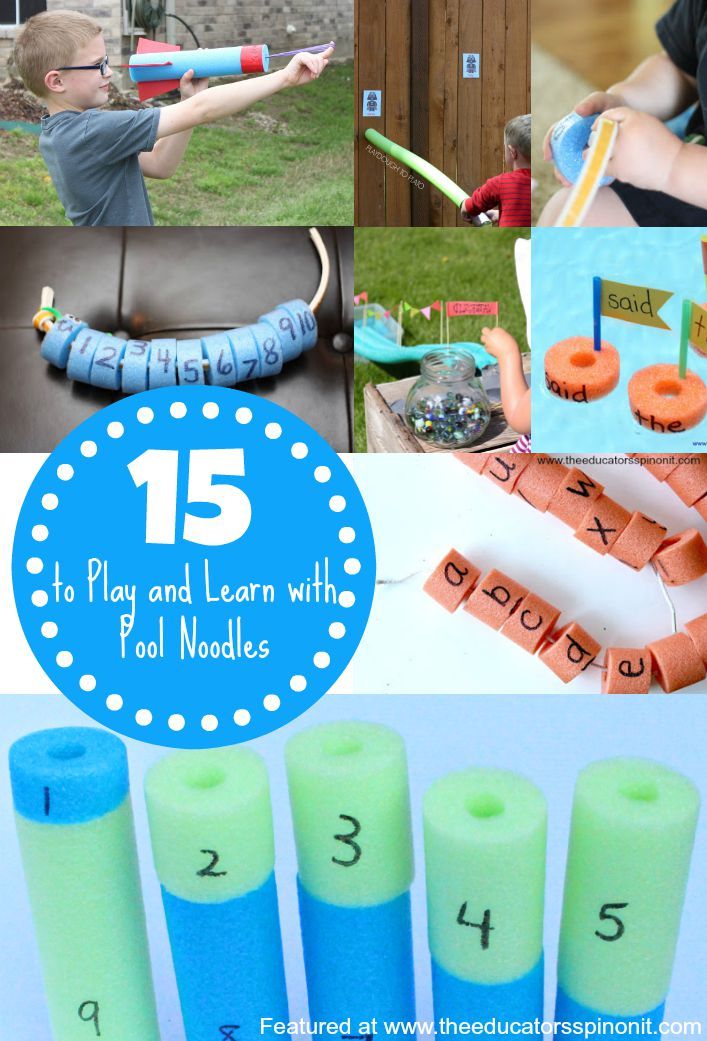 When submitting the final version of their paper. Have each student, in addition to their final draft, also submit the feedback they gave/received as well as reflections on the revisions they made in light of their peer’s comments.
When submitting the final version of their paper. Have each student, in addition to their final draft, also submit the feedback they gave/received as well as reflections on the revisions they made in light of their peer’s comments. - This activity can also help in classes where providing all students with some type of feedback on papers may not be possible due to the number of students in the class.
- Teach students how to give constructive, supportive feedback before this activity.
Adaptable for Online Learning? Assign students to work in small groups of 3-4 and provide each other with feedback. Be sure to assign a deadline for giving feedback, and allow sufficient time for revisions.
Respond, React, Reply
Size: Small Groups (2-4)
Time: 1 class
Activity
- Break students up into small groups.
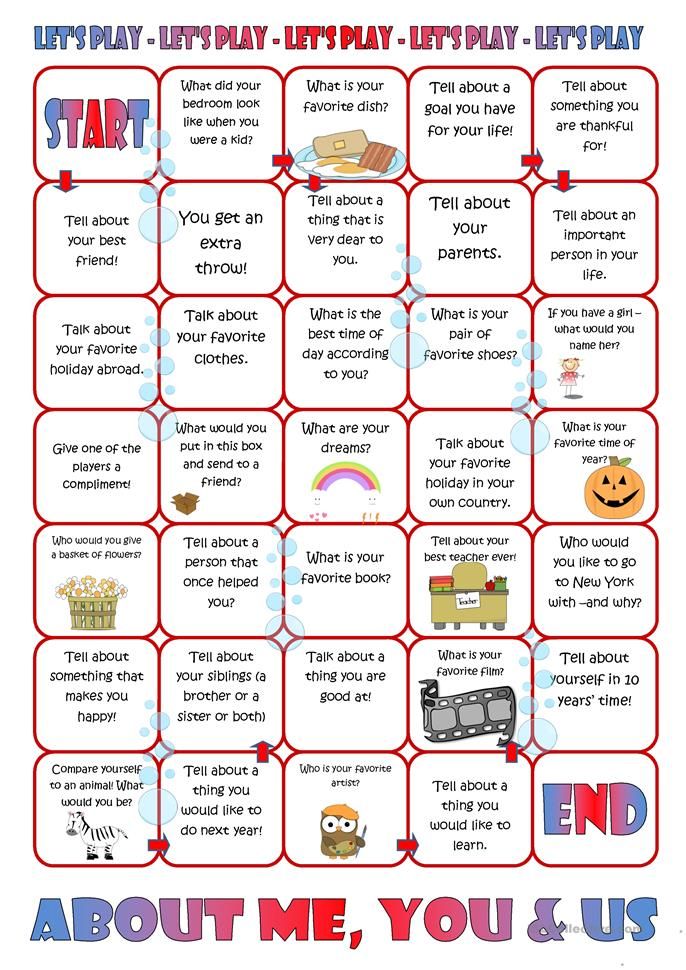
- Provide students with a prompt. The prompt can be a targeted question, written passage/text, or argument.
- Each student then responds to the prompt on their own in writing. After each student has had a chance to write their response, have them read and share their response with the group.
- Each student then reacts to each of the other group members’ responses.
- Then, the student replies to each of the reactions to their own response.
Pointers:
- In creating your prompt, make sure it cannot be answered with a simple “Yes/No.” Try to create questions that will generate discussion.
- Be sure clear expectations and structure are provided to the students (e.g. how long responses/reactions/replies should be, as well as the structure they should take; how this activity will be evaluated; reminders of classroom rules; etc.
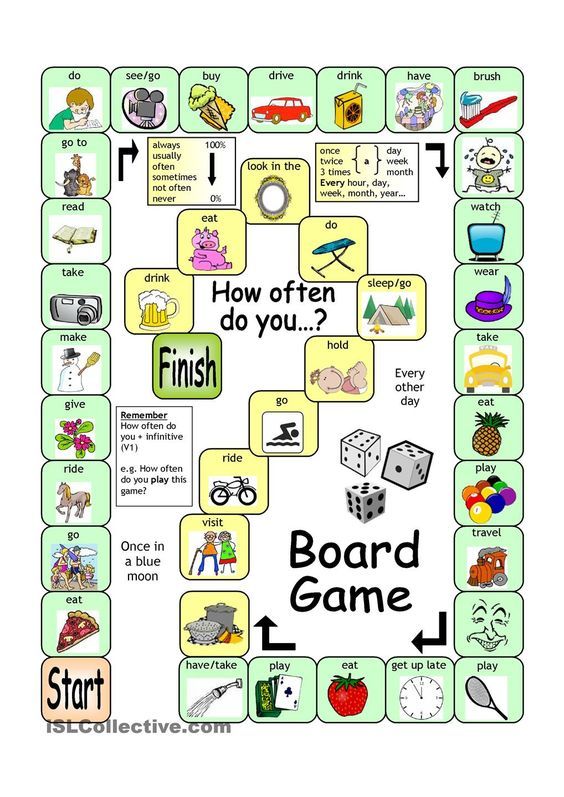 ).
).
Adaptable for Online Learning? This is a great activity for online classrooms. If a student is delayed in responding/reacting/replying, the instructor can give “behind the scene” nudges.
Pro-Con Grid
Size: Groups of 2-6
Time: Unrestricted
Activity
- Pick a topic that lends itself to the idea of making lists of pros and cons/advantages and disadvantages for some issue (see pointers for suggestions). Break students up into small groups.
- Have the groups come up with at least three points for each side. Additionally, let students know whether they should be putting their lists together in point form or full sentences.
- Once students have had time to complete the activity, bring the class back together to share and discuss points on each side.
Pointers:
- This activity can help students in developing analytical and evaluative skills.
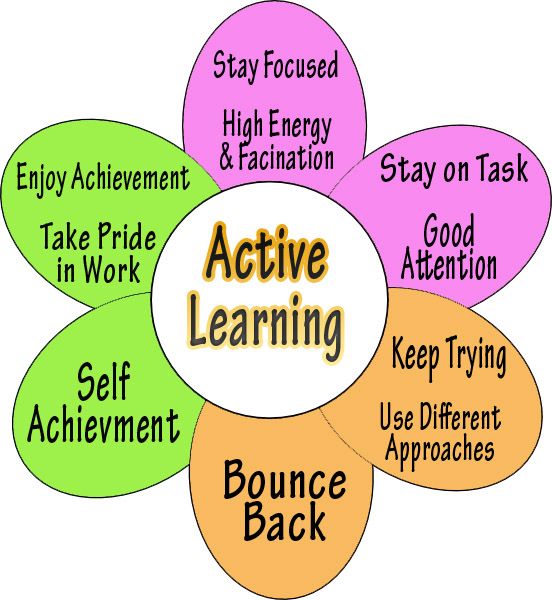 It also requires students to go beyond their initial position and reactions, and come up with points of discussion for the other side of the issue. Finally, it also requires students to weigh the points of competing positions and claims.
It also requires students to go beyond their initial position and reactions, and come up with points of discussion for the other side of the issue. Finally, it also requires students to weigh the points of competing positions and claims.
Adaptable for Online Learning? In an online setting, this could become an individual activity as well.
Social Annotation of Text
Size: Small groups of (3-4)
Time: 1 class
Activity
- Select a text for the groups to annotate. Many texts can be found online at Project Gutenberg opens in new window or through a simple Google search.
- Select a platform for performing the social annotation, such as >Google Drive, >eMargins opens in new window, or >ClassroomSalon opens in new window.
- Have at least one student from each group bring a computer to class (ideally, all students would have access to a computer).
 In small groups, have students annotate the text. Encourage them to reply to each other’s posts as well.
In small groups, have students annotate the text. Encourage them to reply to each other’s posts as well.
Pointers:
- Annotation increases memory and learning, and improves reading comprehension. This activity allows students to practice the activity of annotating a text, taking notes, and analyzing the text as a group. It can be run during a tutorial, in a class during lecture, or outside of class time as preparation.
Adaptable for Online Learning? In an online setting, this could become an individual activity as well.
Buzz Groups
Size: Groups of 3-6
Time: Unrestricted
Activity
- Break class into small groups. Each group discusses the topic or question on their own for a few minutes to generate arguments, answers, or ideas.
- Once time is up, have each small group share one idea, answer, or argument with the class.
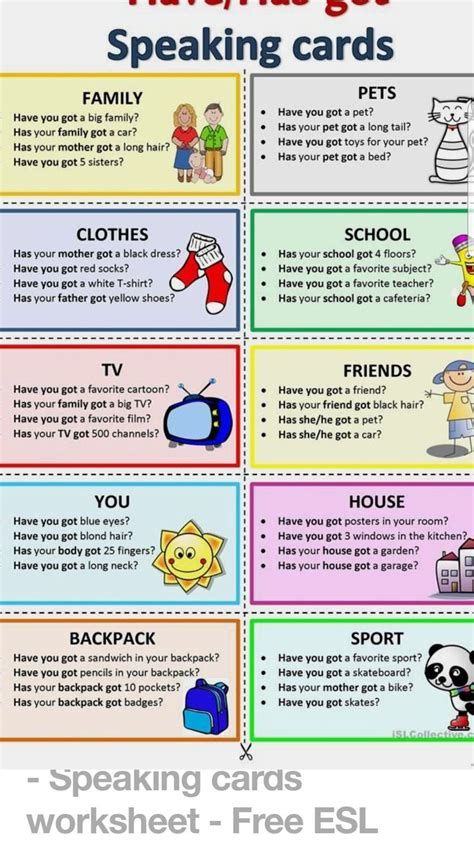 Record ideas on the board.
Record ideas on the board.
Pointers:
- Keep in mind that the larger the group, the less opportunity each student will have to participate in their small group discussion.
Think Aloud
Size: Pairs
Time: 1 class
Activity
- Choose 2-3 paragraphs of new text for students to read.
- Students work in pairs (student A gets text 1, and student B gets text 2).
- One student reads a passage of text aloud, and while reading they stop frequently to “think” aloud. The reader stops after every few sentences, and reflects on what they have read. (This process is awkward, and weird for most. Let students know this, and that it is ok!)
- Model this activity very briefly for students with a sample text.
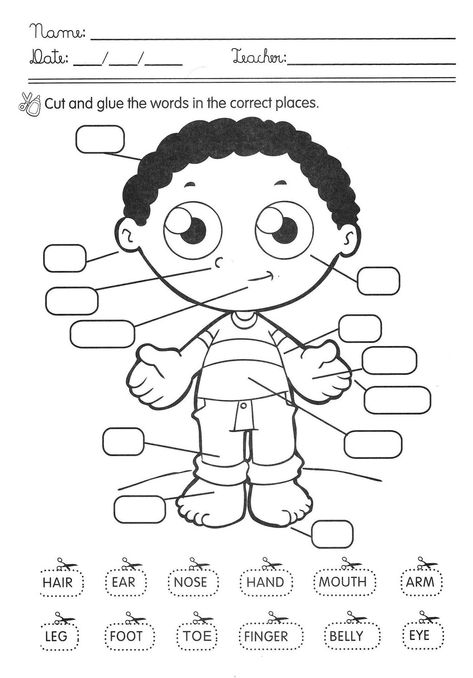
- Once student A finishes their text, student B then performs their think aloud. Give students 15-20 minutes to perform this part of the activity.
- Bring the class back together as a group. Go over each of the texts, then perform a think aloud as a class, asking students to contribute what they were thinking about at each point.
- Finally, conclude class with a “Meta-moment”: ask students what they thought of the activity, and what they will take away to their next reading. (This can take the form of a 1-minute paper!)
Pointers:
- Think aloud is frequently used in text based disciplines such as English, Comparative Literature or History. At the end of this activity, students will have developed their ability to engage in a close reading of the text, and will be able to explain their thinking process.
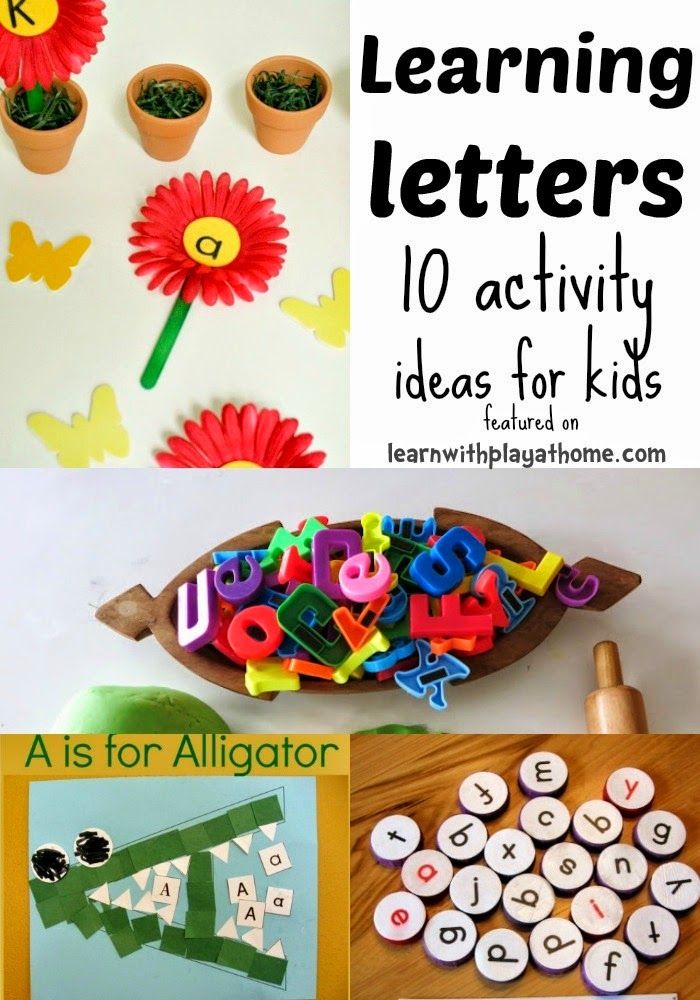
- An analogy that helps students understand the process is comparing it to math: Much like a mathematician must show their work when solving an equation, so must a student in the Arts & Humanities when explaining their thinking and reasoning process.
Adaptable for Online Learning? In the online environment, students can annotate the text instead and add comments.
Additional Resources
- Calder, L. and Carlson, S. “Using “Think Alouds” to Evaluate Deep Understanding opens in new window..
- Ericsson, K. and Simon, H. Protocol Analysis; Verbal Reports as Data. (Revised edition). MIT Press, 1993.
- Ericsson, K. and Simon, H. “How to Study Thinking in Everyday Life: Contrasting Think-Aloud Protocols with Descriptions and Explanations of Thinking opens in new window.
 “ Mind, Culture, & Activity, 1998: 176-186.
“ Mind, Culture, & Activity, 1998: 176-186. - Wade, S. “Using Think Alouds to Assess Comprehension opens in new window.” The Reading Teacher, 1990: 442-451.
- Weimer, M. “Think Alouds Shed Light on How Students Grapple with Content opens in new window.“ 2012.
- Wineburg, S. Historical Thinking and Other Unnatural Acts: Charting the Future of Teaching the Past. Temple University Press, 2001. Ch 3 & 4.
Round Table
Size: Entire class or large small groups
Time: Unrestricted
Activity
- Have the class move their desks into a circle so that everyone can see each other.
- The discussion facilitator poses a question. Each person, in turn around the circle, provides a comment. If a student does not wish to comment, they may “pass.
 ”
” - Repeat for a variety of questions.
Pointers:
- This activity ensures that all students have an opportunity to speak if they wish. However, the question posed cannot be a simple yes/no, and must have several points or issues that can be raised.
1-Minute Paper/Reflections
Size: Individual
Time: 1-minute (but really up to 3-5 minutes) at the end of a class or on completion of an assignment
Activity
- Provide students with one question for brief reflection. Emphasize that responses should be concise.
- Each student then records and submits their answers.
- As needed, follow up on comments. Be sure to summarize and respond to any important questions or issues that arise in the students’ responses the following class.
 (e.g. concepts that did not seem clear to students).
(e.g. concepts that did not seem clear to students).
Pointers:
- Ending your class with short writing assignments is a powerful way to assess the degree to which students understood the presented material.
- Spontaneous writing also promotes confidence in writing quickly.
- Minute papers can also be used in the middle of lecture components if class concentration begins to wane.
-
This is a great activity to use when:
- You encounter a sticky/high-anxiety discussion topic. It allows students to decompress
- and reflect on the topic and what happened in discussion.
- Students have just participated in an experiential learning activity, returned from a field experience, or worked on a group project and you would like them to reflect on what they learned from the experience.
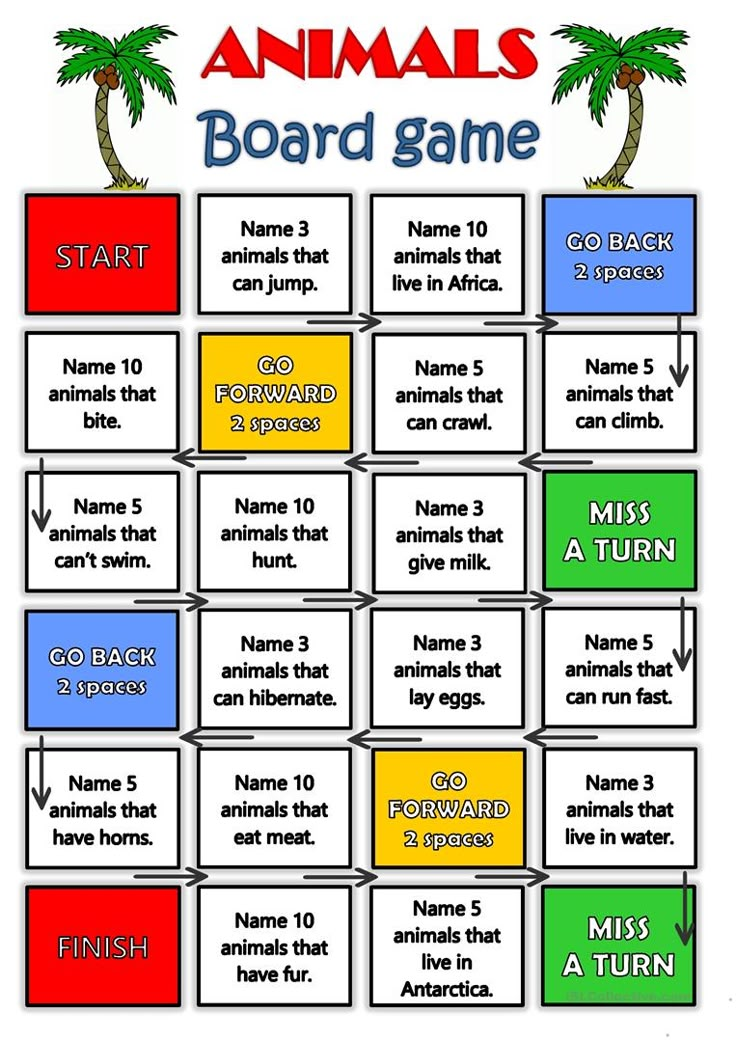
Adaptable for Online Learning? Absolutely! In fact, online platforms will likely allow you to compile answers efficiently.
Example questions:
- What was the most important thing you learned during this class today?
- What questions remained unanswered in your mind today?
- Of the concepts we learned today, what would you NOT like to have on the exam?
- The clearest point of today’s class was:
- Summarize the main point of today’s lecture in one sentence.
- What was the most useful or meaningful thing you learned from this assignment?
- How I prepared for class today:
- What I liked best that helped me learn:
- One thing that I wish had been discussed during today’s class is:
- How do you think you will use what we learned today in your everyday life?
2.
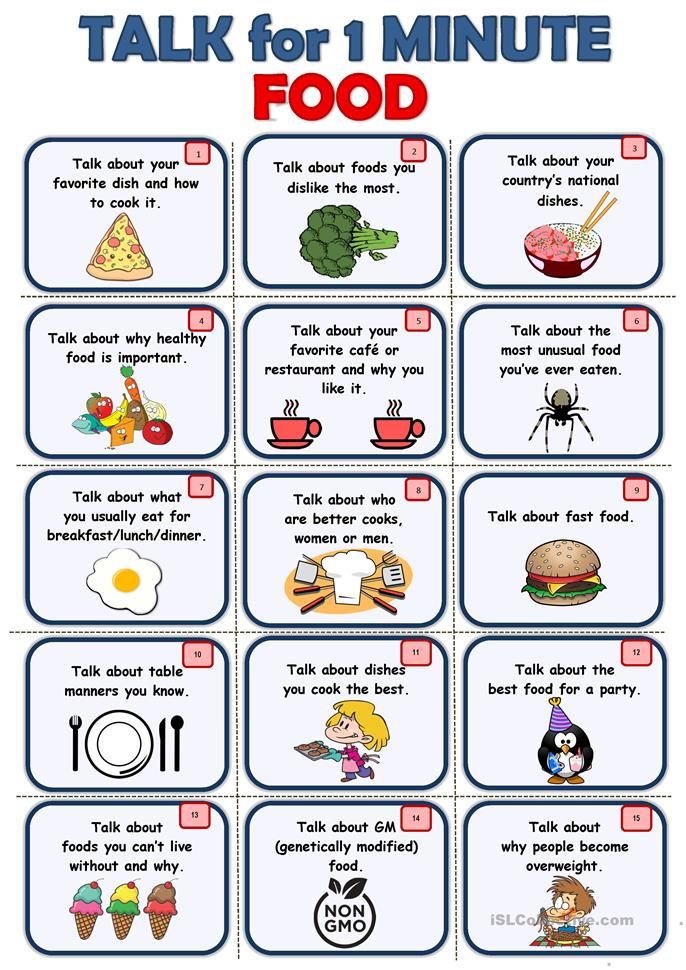 5. Activities for training and development. HR Brand. 5 steps to the success of your company
5. Activities for training and development. HR Brand. 5 steps to the success of your company 2.5. Training and development activities
Professional development opportunities provided by the company have been and remain one of the most important factors in choosing an employer, so the contribution of training programs to building a strong HR brand cannot be overestimated. In the conditions of 2009, many organizations were forced to cut budgets for staff development and switch from external to internal training.
Yuliya Gubanova, Head of HR Department Russian and CIS Representative Offices of VVK Electronics Corp., LTD.: “It is necessary to constantly train the staff, because the lack of opportunities to improve the competence of employees threatens to reduce business efficiency. The choice of educational programs depends on the specifics of the organization and the specific position. One thing is clear - it is necessary to train the staff in something without which the company will not be able to work effectively (training in sales, product, etc.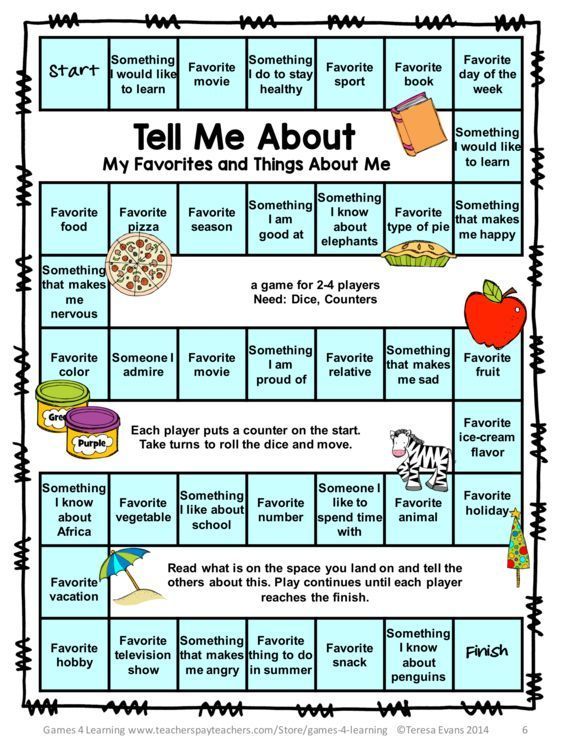 ). The main emphasis in choosing a method today is on internal learning. Need to develop:
). The main emphasis in choosing a method today is on internal learning. Need to develop:
• mentoring system;
• learning portals;
• focus on the company's digital libraries;
• organize internal trainings on their own;
• hold master classes for the most experienced specialists of the company, etc.
On-the-job training of personnel has a positive effect on the quality of performance of duties by employees, while the company's performance indicators remain at the usual level compared to the need to organize employee travel to training courses. With the help of e-learning, for example, it is possible to cover the educational process with a much larger number of employees and reduce costs.”
This text is an introductory fragment.
Development Action Plan
Development Action Plan Problem: I am ineffective in retaining "star" employees in the company. The purpose of the coaching program is to develop the skills of mentoring and motivating successful
The purpose of the coaching program is to develop the skills of mentoring and motivating successful
Learning approaches
Learning Approaches Some email marketing experts oppose "hard learning". In other words, they do not recommend giving too much information in letters. After all, if subscribers regularly receive large volumes of useful
Promoting labor relations
Promoting the development of labor relations High labor productivity requires an atmosphere of trust in the team, friendly labor relations and coordination of actions. This is not achieved immediately, therefore, over the strengthening of collective relations
Events and training | Endress+Hauser
Variety of activities for you
Trainings and seminars provide an excellent opportunity to deepen your knowledge in a particular area.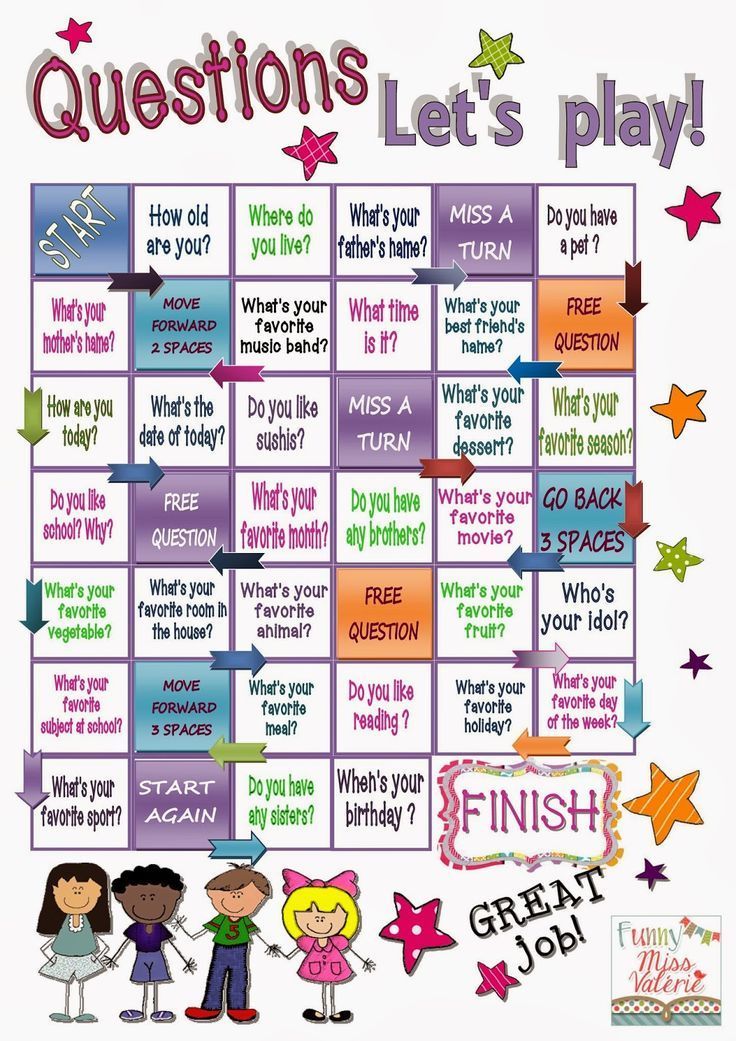 At exhibitions and industry meetings, we can personally exchange views and discuss your specific needs. At online seminars you can communicate directly with our experts.
At exhibitions and industry meetings, we can personally exchange views and discuss your specific needs. At online seminars you can communicate directly with our experts.
Select industry to see all events
- Chemical production
- pharmaceuticals
- Oil & Gas/Shipbuilding
- food industry
- Water supply and sanitation
- Extraction of solid minerals and Metallurgy
- Pulp and paper industry
- Energy industry
- Other industries
- View events across all industries
Currently there are no upcoming trainings (ps.
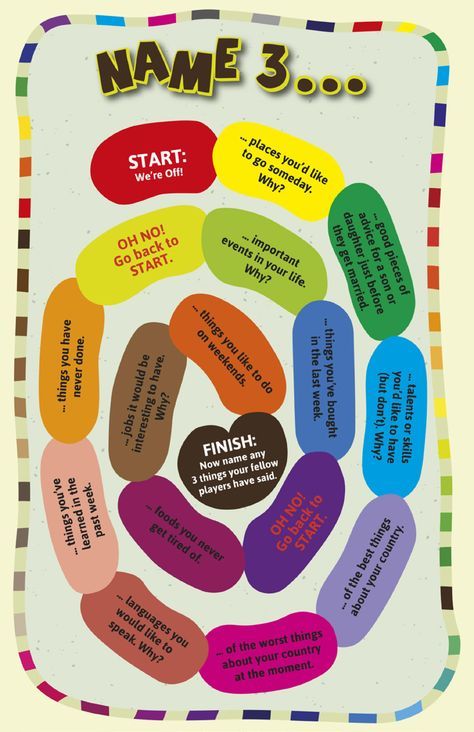 upcomingevents-noresult.title-events)
upcomingevents-noresult.title-events) You might be interested in our other events
- Education
- Press event
- Seminar
- Exhibition
- Online Seminar
- Conference
- "Network" events
- All events
Find out more about the activities we offer
We use cookies to store information on your device to help us optimize and personalize your experience with us.